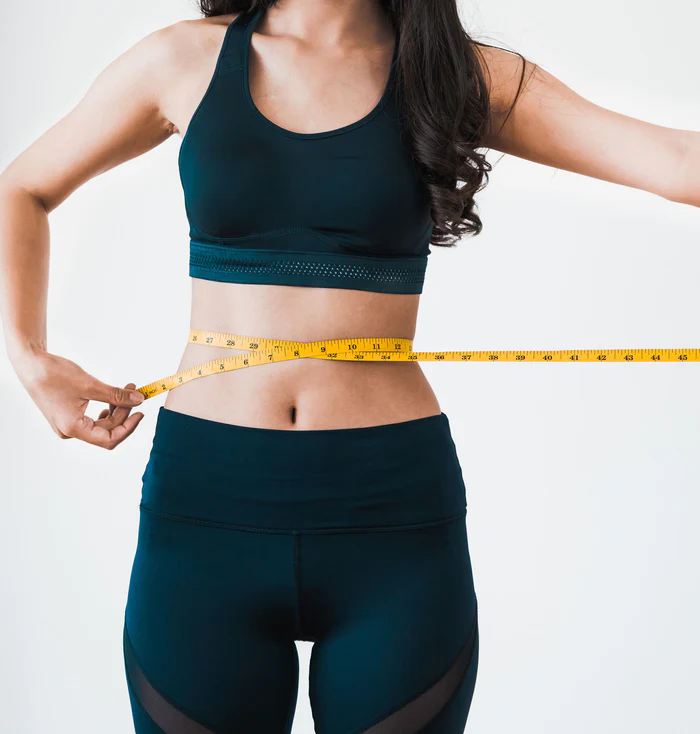Stop guessing at your activity level and start getting the real data, all strapped neatly on your wrist.
Exercise is good for your body and can boost your mood, but did you know wearable fitness trackers are becoming inescapable? You see them adorning the wrists of people both in and out of the gym. Wearable technology was even rated as the #1 Worldwide Fitness Trend for 2016 by the American College of Sports Medicine.
Function vs. Fashion – What Do You Want To Wear?
As fitness gear technology advances, so do the things they track. Besides counting steps, they can track heart rate and all physical movement; and of no less importance, quantity and quality of sleep. They can be used as motivational tools, progress trackers and goal-setting tools. They have also proved valuable as a means of social support and a way of connecting with others who share similar goals.
Nowadays, most fitness trackers come in the form of a device that is worn on the wrist. Watches designed for runners, triathletes, trail runners, cyclists and swimmers have been around for some time. However, some leave a lot to be desired from a fashion and ease-of-use standpoint. I know, because I am wearing one that is so large and bulky, it overwhelms my wrist and I haven’t even figured out how to use many of its features. It’s for this reason people who simply want to become more active choose simpler options that are comfortable to wear and look attractive. There are even some wearable models that mimic fine jewelry.
Women Make Strides Towards Wearables
In addition to the data that wearables collect, the corresponding apps used to catalog and interpret this data are essential elements of using a tracker. eMarketer claims that 25.5% of U.S. adults use wearables at least once a month. Also, while the Wall Street Journal claims male and female usage is about the same, the female market grew 49.2% from 2014 to 2015 while the male market grew by 67.8%.
Still, it is theorized by some experts that women are more aware of health and fitness than their male counterparts, and its importance in their lives. These experts believe that women also have greater concerns of weight loss and staying healthier throughout the process of aging than men.
The Health Information Resource Center has created an annual event just for women. “National Women’s Health and Fitness Day” is September 28 in 2016. On this occasion, women of all ages are invited to participate in activities in their communities, homes and workplaces to bring attention to the benefits of being physically activity on a day-to-day basis. One exciting way to do this is to get started with a wearable tracker.
Dr. Sears has been quoted as saying “if you need a watch to tell you to exercise, then you are probably in trouble with motivation.” However, in one survey, more than 45% of women tracking their activity reported that they felt encouraged to exercise more regularly. In addition, 40% indicated they were leading overall healthier lives.
3 Tips on Choosing the Right Wearable
There are dozens of types of wearable trackers available, so choosing the right one can be daunting. Here are three considerations to simplify your purchase decision that may also save you money.
- Decide which features are important to you – Determine exactly what you want to track before you buy, as this could substantially impact price. If you do not need to track your heart rate, for instance, choosing one without this feature may save you money.
- Don’t forget about the app – Consider the apps that go with devices, as that will impact how you leverage the data that is recorded. Look for compatibility with online food trackers that can help you track your Zone Diet.
- Try them before you buy them – For a reasonable fee, online tech rental sites will allow you to borrow more than one device at a time. You can test each one. If one stands out, you can ship the rest back and purchase the one you like.
Wearing your fitness on your sleeve may be trendy. However, wearable devices help keep track of what you’ve been doing and can reward you with the tools and support you need to adopt healthy behaviors. You’re here to stay, and so is fitness tech.






Let Us Know What You Thought about this Post.
Put your Comment Below.